
by Fronetics | Nov 1, 2018 | Blog, Content Marketing, Logistics, Manufacturing & Distribution, Marketing, Supply Chain
Case studies are a perfect way to organize and present hard facts about your products and services — and they continue to be one of the most effective types of content out there.
A recent study shows that case studies far outperform other types of content. The DemandGen 2017 Content Preferences Survey Report found that 78% of B2B buyers used vendor case studies as part of their purchasing decisions in the past 12 months. 89% of B2B marketers consider customer testimonials and case studies to be the most effective kind of content to convert buyers.
Buyers are looking to “benchmark their own experiences against others who’ve tackled similar challenges,” concluded DemandGen’s report. Data is powerful stuff, and buyers know it. In fact, DemandGen’s survey indicated 48% of buyers not only prefer case studies but find them to be the most valuable type of content for research. 57% even said that they would register and share information in exchange for case studies.
Why the case study?
Beyond the obvious answer that data is important to buyers, why do they respond so well to this type of content? According to Frank Cespedes, Senior Lecturer at Harvard Business School and author of Aligning Strategy and Sales, ultimately, buyers are less interested in theory than practice: “Buyers, especially B2B buyers, want to know what others are doing with your product, not what they might do to improve productivity or other outcomes.”
[bctt tweet=”Yes, case studies are highly effective, but their success is predicated on your reputation as a thought leader and source of knowledge and expertise.” username=”Fronetics”]
As a side-note, before you jump ship on aspects of your content marketing strategy, like blogs, social media, webinars, etc., that focus on sharing ideas rather than just data, consider this: even the most impactful case study is only as useful as the totality of your brand’s content. In other words, yes, case studies are highly effective, but their success is predicated on your reputation as a thought leader and source of knowledge and expertise.
What makes a case study effective?
Not all case studies are created equal. Data presented in a confusing or incomplete way, for example, doesn’t pack the kind of punch needed to demonstrate exactly how your products and services help your buyers. A good case study should prompt the reader to explore your brand and the rest of your content. Ultimately, the goal is to show your prospect that making a change in their process will lead to better results.
As you design a case study, think about giving buyers the tools to present your products and services to decision-makers within their business. “Especially in B2B contexts,” says Cespedes, “buyers must justify a decision to others in the organization who have competing priorities for limited funds.” This is where a compelling case study comes in. Show your potential buyers how other organizations benefit from your offerings, and they have the tools to make a case for your business.
Case studies are proven to be well worth the time and energy needed to produce them. Recommendations and data from real customers have a powerful impact and should continue to be a significant component of your overall content marketing strategy.
Related posts:
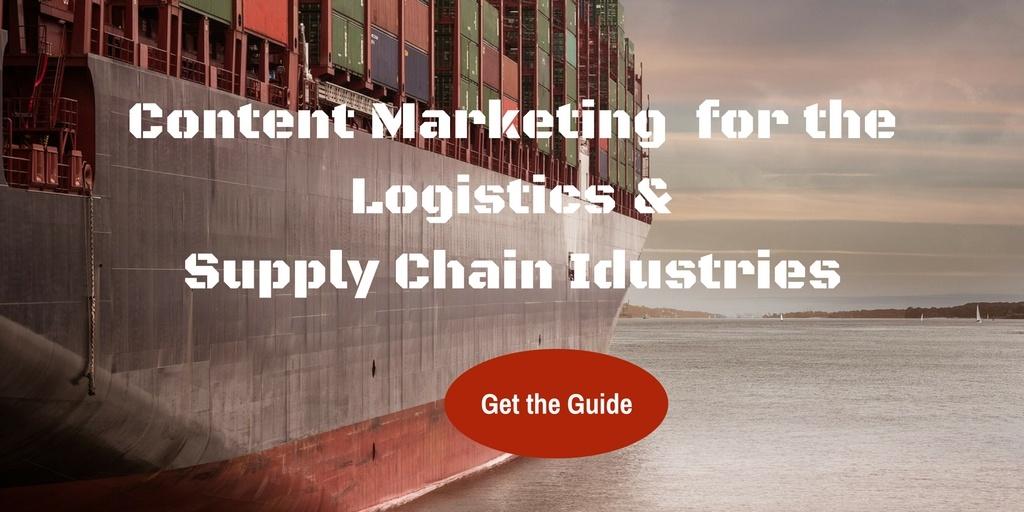

by Jennifer Hart Yim | Oct 30, 2018 | Blog, Logistics, Supply Chain
In order to transform and mature, these supply chain elements need to be incorporated into a brand’s foundation: stakeholder alignment, visibility, and role clarity.
This guest post was written by Paul Rea for Argentus Supply Chain Recruiting, a boutique recruitment firm specializing in Supply Chain Management and Procurement.
I’ve spent my professional life working in and leading industrial and consumer product supply chains. They all have the same foundational needs that I group into three general areas: Stakeholder Alignment, Visibility, and Role Clarity. Organizations with mature supply chains will likely have this embedded in their DNA already. Immature supply chains that are looking to transform from something reactive to far more collaborative and effective may not. They need to. Supply Chains without these elements are likely incapable of further transformation and maturation.
1. Stakeholder Alignment:
 Communicate, collaborate and communicate some more. Find out where you (and everybody else) are going.
Communicate, collaborate and communicate some more. Find out where you (and everybody else) are going.
Supply Chain is a river running through the company, winding through geography, and facilitating and transporting so much commerce. The vision driving supply chain needs to be completely aligned with its stakeholders and corporate strategy. Even between the rudimentary goal posts of cost containment and service delivery, supply chain needs to consider its internal stakeholders in commercial, finance, manufacturing, regulatory, quality etc. as they all influence, and require support from, the supply chain. Imagine a team that set out to drive costs from the network by extending transit times and managing waste and inventory to that perfect “Lean” minimalism. They have potential problems in a speed to market centric sales strategy. Supply chain needs to be at the table when key commercial strategies are being set or the team and potentially the organization run the risk of fatal mis-alignment. Then, ongoing planning and execution should be managed through a Sales and Operations Planning process (S&OP).
I’ve used internal alignment examples, but the supply chain has many external stakeholders too, not the least of which are 3rd party partners and the customers themselves. The same principles apply. In many cases supply chain will use sales/marketing initiatives as the proxy for the customer’s voice, but it’s not unreasonable to conduct supply chain reviews with key customers. Regular planner to planner (vendor to customer) interfaces are key to day to day supply chain management success. (note: The entire concept of vendor management falls within this bucket.)
2. Visibility:
You must be able to see what you’re doing, and the numbers should add up.
Think of the vast amount of end to end supply chain activities that live outside your walls, from overseas suppliers to 3rd party finished goods DC’s, not to mention the holy grail of supply chain planning itself; the demand signal. Too often people don’t look past their own ERP when thinking of supply chain planning, management and execution. Holistic, managed visibility is critical as complexity or channel distance grows. Remember Mr. Drucker’s “what gets measured gets managed”.
This is more than data and some KPI’s. It requires the right granularity. A monthly KPI may mask what actually happens every Tuesday afternoon. Data and averaged metrics without meaningful analysis and management are dangerous to supply chain. Inventories (raw and finished), transit times and supplier lead times all need to be continually assessed against good demand forecasts, marketing programs and other requirements. The numbers also need to be as real as possible. “System” inventories must match real inventories or there could be a serious mis-fire on a reorder point. Actual transits need to be reviewed in real time. Imagine the manufacturing lead time chaos created if import raw materials were simply presumed to be hitting the port on schedule from when a P.O. was cut (manually or out of an MRP system). Visibility goes far beyond data itself, and an expectation of disciplined regular monitoring and management has to sit on top of the data.
3. Role Clarity:
Get organized.
Supply Chain is a team sport. Silo-ed, uncoordinated (different than decentralized) or poorly staffed supply chain structures can result in decisions that sub-optimize the whole or outright conflict with each other. Even “segmented” channels need to be considered in the whole, somewhere. Supply chains can be complex and distant requiring constant attention. You must invest in either robust tools supporting the process or appropriate head count to compensate. This breaks into a couple of key elements:
a) The specific jobs or activities. Generally the key aspects of Supply Chain management are Purchasing (sourcing), Planning (scheduling) and Logistics (delivery). Sometimes logistics is separate, and procurement may be included with Purchasing, depending upon how location specific the procurement activities are. Manufacturing (make) is often structurally not part of the actual Supply Chain team but is literally surrounded by it and the activities are highly interdependent. In the preferred model of a demand driven Supply Chain a demand forecast drives both production planning and supply chain planning which in turn drives procurement directly and purchasing strategically. Purchasing is also influenced by the forecast directly.
Supply Chain planning and demand planning are different. The demand planner’s role is to be the custodian of a high level of forecast accuracy compared to actual demand. If there is not a credible owner of demand planning (beyond finance gathering forecast data) in the organization then supply chain needs to account for that. I can’t over-emphasize the importance of a good item, location and time sensitive demand forecast to supply chain’s success. Think of it like a TV picture where the demand/forecast is the cable signal input and Supply Chain is the TV set itself. Regardless of how fantastic the set is if the input signal is poor or corrupt the picture on the set will be bad. And there’s very little the rest of the Supply Chain group can do to fix it other than educated guesses.
b) The talent itself. Make sure you staff the right people. Internal moves are great because they shorten or eliminate the company specific learning curve and can further employee development and engagement, but it can be dangerous to be a completely “homegrown” supply chain team. Its like running a race with an in experienced pit crew. Never be afraid to go outside and get the appropriate talent if you don’t have it internally. Jane may be a great performer in sales but does that mean she would necessarily succeed in accounting? Why then, supply chain.
Related posts:
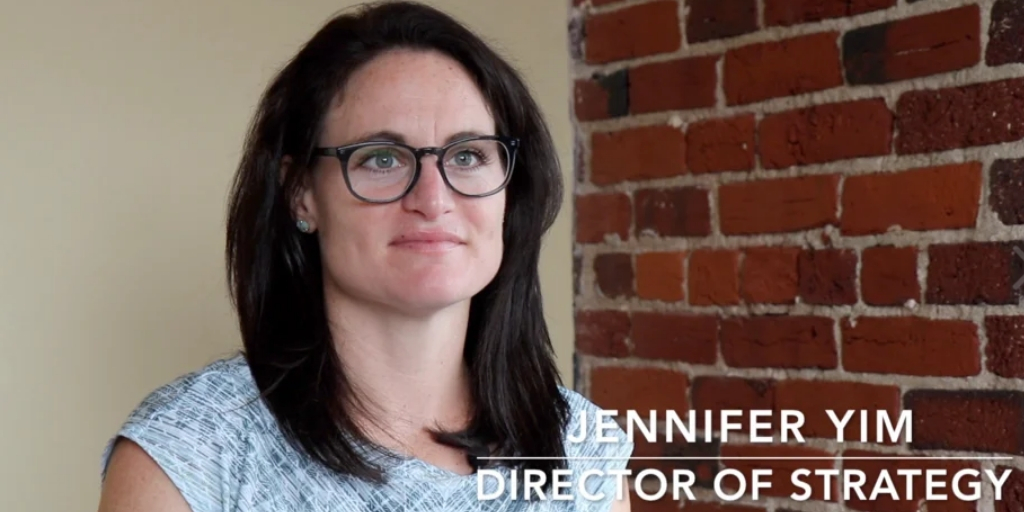
by Fronetics | Oct 29, 2018 | Blog, Content Marketing, Logistics, Marketing, Strategy, Supply Chain
What’s more important: prioritizing conversions or building traffic? The simple answer is both. Here’s why you need to balance your efforts for the best results.
The argument for building traffic or optimizing for conversions has no end. Like we stated in our earlier post, it’s a chicken-and-egg style debate. If you don’t optimize for conversions, what is the point of directing traffic to your site? On the flip side, if you don’t build traffic, who is visiting (and converting) on your site?
The problem is countless variables affect which of these goals you prioritize and when. Determining what you should be investing more energy into is dependent on your business, your strategy, and your target audience. Make sure you’re considering all factors when determining what makes the most sense for your brand and its online presence.
Why focus on conversions?
There are three main arguments for prioritizing conversion optimization:
- Low investment, high yield: The return on investment is significant, especially given the low cost of entry and easy process.
- Traffic optimization: while you may not increase traffic, by focusing on conversions you can increase the value of visitors to your website.
- Reinvestment potential: conversions will help generate funds to reinvest in your marketing effort.
All of these arguments focus on quality over quantity. By prioritizing conversions, every visitor becomes more valuable. Even with lower numbers of visitors to your website, if your conversion rates are high, you still realize a substantial return on your investment. The low cost of conversion optimization also makes it easy to implement without breaking the bank. We’ve even done some of the work for you, giving you tips when creating your landing pages.
Why focus on building traffic?
If you aren’t getting visitors to your website, there’s no point in worrying about conversions, right? But that’s not the only reason building traffic should be a priority. A few benefits of focusing on traffic include:
- Brand recognition: visitors will become familiar with your brand and content
- Momentum: concentrating on traffic is a long-term strategy and committing to the long-term gives your marketing efforts time to build momentum.
- Optimizing for value: there are a lot of metrics affiliated with building traffic, this allows you to collect and analyze data to see how you’re doing and to constantly improve.
By increasing traffic to your website and familiarizing new audiences with your brand, you have more opportunities to generate leads and those leads can turn into sales.
Why balance is the answer
[bctt tweet=”The most important thing to remember is that your content marketing strategy is a work in progress that is continually being tweaked. You’ll need to spend time and money prioritizing both building traffic and optimizing for conversions. ” username=”Fronetics”]
The most important thing to remember is that your content marketing strategy is a work in progress that is continually being tweaked. You’ll need to spend time and money prioritizing both building traffic and optimizing for conversions. Here’s Jennifer Hart Yim, Director of Strategy at Fronetics, to explain why we think you need to focus on both to maximize your efforts.
Video: Focus on Conversions or Building Traffic First?
Related posts:

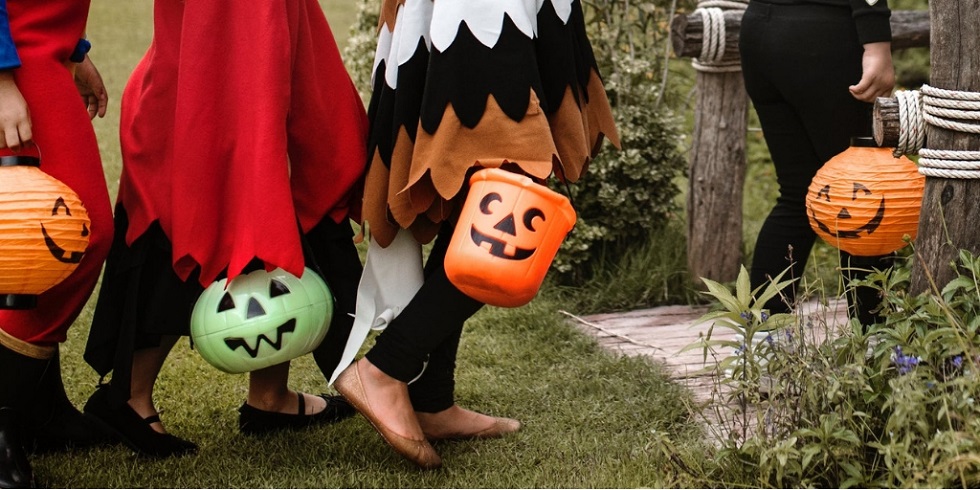
by Fronetics | Oct 25, 2018 | Blog, Current Events, Supply Chain
U.S. Consumers plan to spend a whopping $9 billion, the second highest spending amount in 14 years, on costumes, candy, decorations, and more to celebrate Halloween this year.
The National Retail Federation anticipates spending for Halloween in 2018 will come close to last year’s $9.1 billion all-time record.
[bctt tweet=”“The economy is good, and consumer confidence is high, so families are ready to spend on Halloween this year,” NRF President and CEO Matthew Shay said.” username=”Fronetics”]
“The economy is good, and consumer confidence is high, so families are ready to spend on Halloween this year,” NRF President and CEO Matthew Shay said. “Retailers are stocking up to supply children, pets, and adults with their favorite decorations, candy, and costumes for the season.”
The NRF’s annual survey found that 175 million Americans will celebrate the holiday, with over half of celebrants planning on dressing in costume. Expect to see plenty of Disney princesses, Star Wars characters and superheroes at your door.
Pet costumes are still the rage with nearly 20% of celebrants planning to dress up their pet this year. “Out of 31.3 million Americans planning to dress up their pets in costume, millennials (25-34) are most likely to dress up their pets, the highest we have seen in the history of our surveys.”
Pumpkin won out as the top pet costume (11%), with hot dog not far behind (7.6%). Will you be dressing up your dog or cat this Halloween?
Check out our infographic of other interesting Halloween 2018 facts from the NRF’s survey of 6,961 consumers below.
Infographic: Halloween 2018

(Made with Canva)
Related posts:

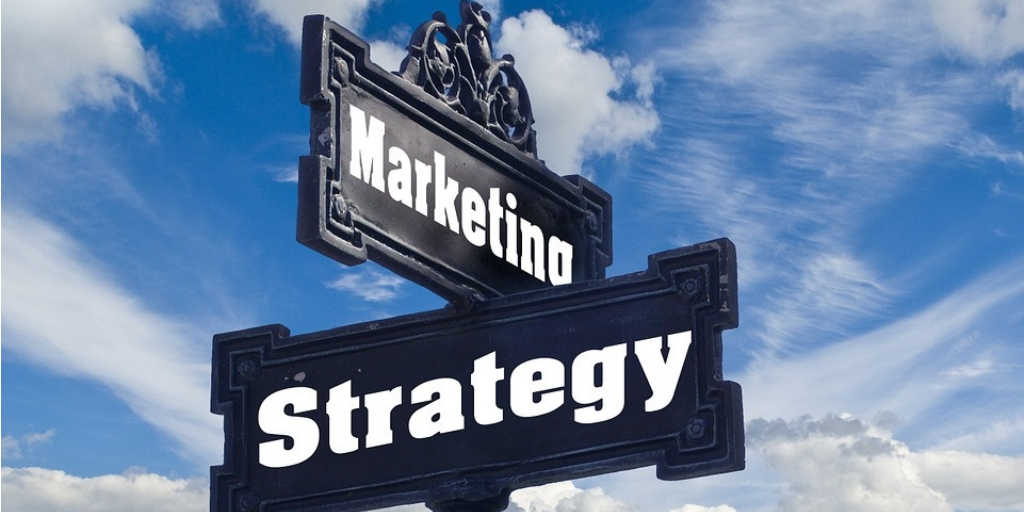
by Fronetics | Oct 24, 2018 | Blog, Content Marketing, Logistics, Marketing, Social Media, Supply Chain
Brands need to focus on the awareness and consideration stages of the buyer’s journey to build relationships and boost social media ROI.
Are you focusing on the right phases of the buyer’s journey in your social media strategy? The 2018 Sprout Social Index shows that customers prefer businesses to provide social media content that aids in awareness and consideration, not the end sale.
Misaligned priorities
Sprout Social’s 2018 Index found that users “want brand awareness and consideration stage content from brands on social, but 80% of social marketers are hyper-focused on awareness activities, leaving out the consideration piece of the puzzle.” When brands don’t meet the needs of their audience with consideration stage content, they’re missing out on building relationships and ultimately cutting into social media ROI.
[bctt tweet=”Sprout Social found a great deal of misalignment when it comes to what marketers post versus what consumers want to see on their social media platforms. ” username=”Fronetics”]
Sprout Social found a great deal of misalignment when it comes to what marketers post versus what consumers want to see on their social media platforms. Part of the issue is a failure to define ROI in the most productive way. Thinking about social media’s value in terms of direct attribution leads to a skewed focus on sales, and erodes the effectiveness of brands’ social media efforts. According to Sprout Social, “social’s true value isn’t in direct attribution — it’s in the awareness and consideration stages of the funnel.”
The right kind of content
Despite the misalignment, there is one area of overlap between what marketers focus on and what users want to see: “posts that teach.” Which brings us back to consideration stage content. “If you aren’t already, meet consumers in this sweet spot in the consideration stage,” suggests Sprout Social. This means taking users beyond recognizing your brand and into knowing where your expertise and thought leadership lies.
Educational content is key in the consideration stage. It’s important to remember that this kind of content doesn’t necessarily need to showcase your product to be valuable — it’s all about offering your audience the information and expertise they’re looking for. For B2B businesses, particularly the supply chain, this could mean anything from product demonstrations to think pieces about how to optimize production.
“The most enlightened social marketing strategy integrates awareness and consideration stage content — opening the door with entertainment and inspiration, then carrying audiences across the threshold with education, information about new product offerings, and discounts and sales,” says Sprout Social.
Diversifying focus between awareness and consideration is crucial to getting the most out of your social media efforts. As social networks home in on preserving the social aspects of their platforms, it’s all the more important for brands to align their activities with what users actually want to see, to stay relevant.
Related posts:

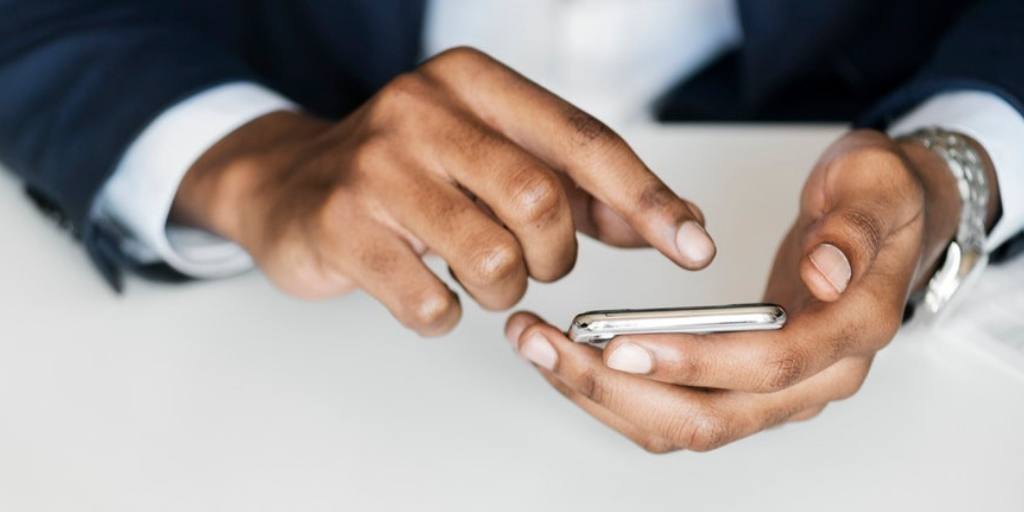
by Fronetics | Oct 23, 2018 | Blog, Content Marketing, Logistics, Marketing, Social Media, Supply Chain
As social networks reaffirm their commitment to keeping their platforms truly social, brands need to evaluate their social media marketing strategies and ensure that they align with what users want to see.
This year, we’ve seen social networks attempt to take back the “social” element of their platforms by decreasing the reach of brands and businesses (think Facebook News Feed changes). We’ve thus seen a decline across the board in social media reach.
The 2018 Sprout Social Index shows that people are still using social media primarily for connecting with friends and family. As brands put together campaigns and messaging, they must remember that they are “guests at dinner, not members of the nuclear family: their role in user feeds is delicate, valuable, and to be treated with great care.”
[bctt tweet=”The task for brands is to carry out the necessary disruption of the user experience in the most relevant, and least disruptive way.” username=”Fronetics”]
The task for brands is to carry out the necessary disruption of the user experience in the most relevant, and least disruptive way. Sprout Social’s data gives a clear answer: awareness and consideration stage content. This means thinking long-term and prioritizing relationships, not quick fixes and attribution.
Give the people what they want
As part of its 2018 Index, Sprout Social researched the types of content that users prefer to see from brands on social media. 30% of users expressed a preference for links to more information, while 18% prefer graphics/images, 17% want produced video, 11% value text/conversations, and 7% said produced/edited photos.
The obvious answer for brands is to cater to the expressed wishes of the public. Building lasting relationships with prospects on social media means presenting your brand in a visually engaging way while linking them to useful and relevant information. Furthermore, it means placing focus and resources on authentic engagement. “This is the content that consumers, who use social primarily to interact with friends and family, are most interested in from brands,” reports Sprout Social.
Redefining success
Marketers naturally place a premium on ROI, though measuring social media ROI remains difficult. In fact, 55% of social marketers reported it as their biggest challenge. Conventional wisdom when it comes to ROI for social media has focused on direct attribution to sales. But according to Sprout Social, “that model doesn’t actually reflect where social marketers are focused.” In fact, 80% report increasing brand awareness as their primary social media goal, and just as many point to increasing engagement across their social channels.
A meager 14% of marketers report being able to quantify the revenue from social media. This is a problem — one that’s caused by looking at social media primarily as it relates to sales. According to Sprout Social, this “breeds an overly microscopic perspective.”
It’s time for social marketers to redefine ROI, and put an end to wasted time and resources on content and campaigns that don’t resonate. Realigning priorities from sales to what users actually want to see on social media is key to cultivating strong, lasting relationships with prospects, and being a helpful rather than invasive presence online.
Related posts:





 Communicate, collaborate and communicate some more. Find out where you (and everybody else) are going.
Communicate, collaborate and communicate some more. Find out where you (and everybody else) are going.







